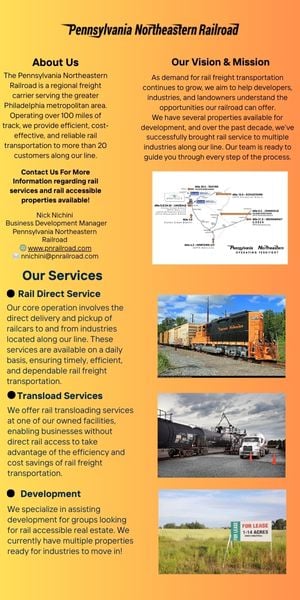Microsoft's Workplace Strategy for Sales Offices Evolves

Flexible space is now key for the technology giant, which recently overhauled the way it markets its products.
The priority for the Microsoft real estate team is designing workspaces to optimize employee experience. Much of what they provide is aimed at making Microsoft employees more comfortable, satisfied and productive, in areas from office temperature to food variety.
But how to design workspaces to best suit the unique needs of a worldwide sales organization?
It’s the question that’s arisen as lease renewals have come up on several Microsoft corporate sales offices across the globe. During the past three years, thousands of square feet of Microsoft sales offices — from Detroit to Dublin, from suburban Atlanta to downtown Milan — have been transformed into specially designed sales hubs.
Just as engineers require a certain technical precision in their work stations, salespeople bring needs of their own. Mobile technologies increasingly enable salespeople to work on the move, an evolution that has transformed sales workspace from offices with fixed work stations to flexible spaces with choices in seating.
A Changing Workplace
Across its global portfolio, Microsoft workplace design has evolved to accommodate this new flexibility, with space that is more accessible and seating choices that are more varied. Gone are the individual private offices that prove inflexible and isolating, in favor of team spaces with a mix of table seating, soft chairs, nooks for privacy and meeting places for collaboration. Less widely known, however, is the recent transformation in Microsoft sales methods themselves.

The Microsoft office at Schipol Airport in the Netherlands. Microsoft
Three years ago, Microsoft’s sales process shifted from enterprise agreements to a subscription-based sales model. This necessitated significant changes to the built environments of the company’s sales force. No longer did they need multiple meeting rooms in which salespeople could deliver pitches to large groups, because no longer was sales a matter of merely presenting technology toward a goal of customers signing multiyear agreements.
Instead, collaborating with customers to enable solutions to their individual challenges rose to primary importance. That meant the salespeople needed physical environments where they could showcase and demonstrate Microsoft’s products. Instead of large meeting rooms for big group presentations, smaller spaces with state-of-the-art AV equipment enabled more relevant one-on-one or one-on-two engagements where customers could really experience the technology.
Instead of spaces geared to high-powered meetings, the focus moved to spaces that were more relaxed and human-scaled. In accordance with Microsoft’s Design Language — the set of design principles that provide a sense of aesthetic cohesion across all the global properties in Microsoft’s portfolio — these smaller sales spaces were built to convey warmth, transparency and a sense of human connection, with their residential-like comfort and regionally relevant decorative motifs. Getting the right balance of human energy in a space was key. If there’s not enough of a lively buzz, a customer will notice the lack of vitality. To solve for that among Microsoft’s sales subsidiaries, and to support staff between customer engagements, elements of employee space were integrated into the customer space.
The Plan Into Action
How was this achieved? Microsoft has developed an internal tool that uses technologies most companies already have in place — internet connection, wireless infrastructure, security systems, employee data apps, building management systems — to gather data on how space is used in buildings across its global portfolio. Through an intricate choreography involving the cloud, machine learning, analytics and sociometric data — all anonymized to protect employee privacy — it is possible to learn which spaces are used and for how long.
Armed with that knowledge, Microsoft started building elements of employee space into the customer area, interspersing traditional work spaces with alternative seating arrangements and meeting spaces. The company discovered that putting touchdown spaces, which are less formal than full-fledged work stations, into customer areas made those places more welcoming, and that collaborative work settings were preferred to traditional desks.
The result is customer space with the right balance of human energy: a baseline of lively buzz. With their high degree of mobility, salespeople touch down in whatever space suits them. If they’re working and catching up on email between meetings, or having coffee and exchanging ideas with customers, good energy results. Customers are welcome to spend time at a work station or conversation room themselves.
And there’s a valuable secondary benefit: Wherever Microsoft employees work in proximity to customers, demonstrations happen naturally. Bringing customers into the heart of Microsoft lets them see real work being done on the very products they’re looking to acquire. What that provides is priceless: an authentic display of Microsoft’s products, people and culture.
Doug Lowrie is global workplace strategist at Microsoft Real Estate and Security.




